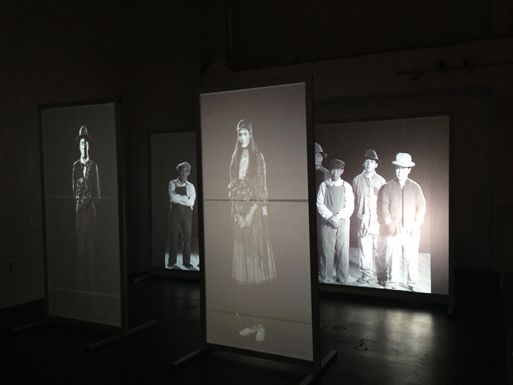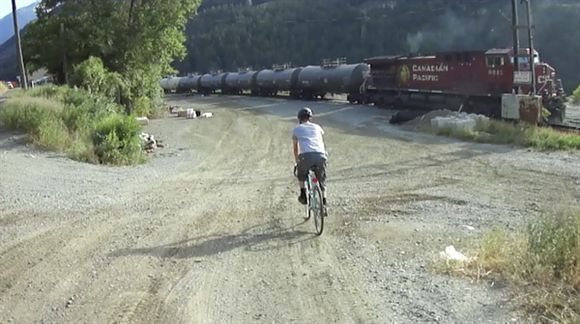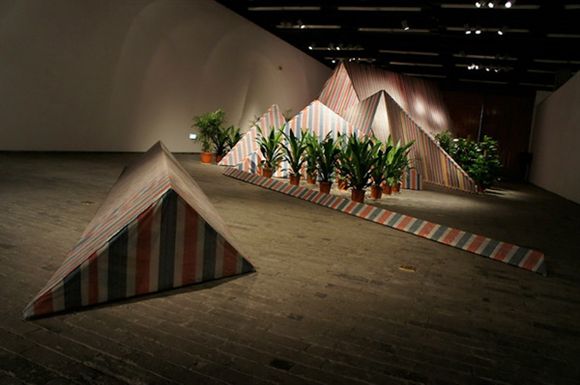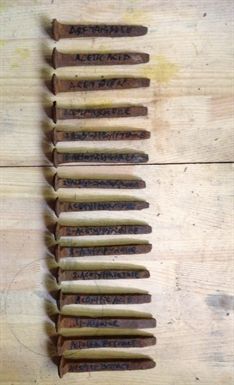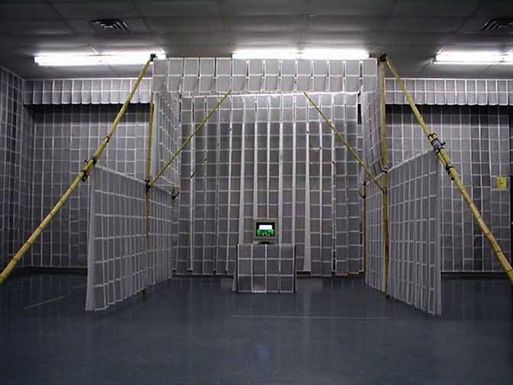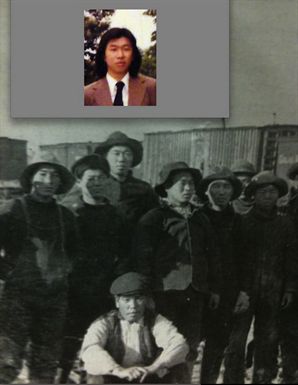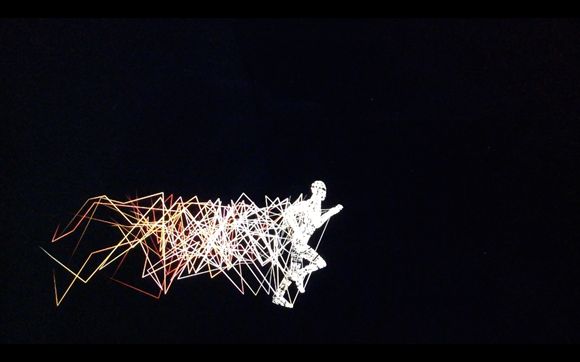Aug 01 - Sep 01, 2015
Press Release
Curator : Zhang Haitao
Museum Director : Sun Yongzeng
Opening Reception : August 1st, 2015, 4:00 pm
August 1 – September 1, 2015
Tuesday – Sunday 10 am – 6 pm
White Box Art Center – 798 Art District, Beijing, China
+86-010-59784802 info@whiteboxartcenter.org.cn
Sponsors : Beijing Institute of Fashion Technology (BIFT),
Citizenship and Immigration Canada
Cooperating Artist : Chang Wei
Artistic Consultant : Professor Sida Li (BIFT)
Project Coordinator : Zhang Yuan (Redjade)
Technical Support : Luo Lijun - Zhang Xinyuan - Ma Baojie
Original Music: Lukas Cheung, Dudley Cheung
Film Crew: Wang Chunpeng-Sun Yifan -Wang Daolin-Tu Min-Tang Bin
Media Partner: Art Archives Net www.artda.cn
www.energygallery.com/davidcheung
Curator Article
“Victims” – A Historical Public Art Project by David Cheung
Zhang Haitao
For the past few years, David Cheung has been pursuing 2 major public art projects. Both have required extensive historical research, i.e. the “Rocky Railway High (Closure)” project for Chinese railway workers who perished during construction of the Canadian Pacific Railway and “– 599”, a campaign for reduction of addictive ingredients in cigarettes.
When asked why he wouldn’t let go of the projects, he expressed “ because both projects involved people who died unnaturally, therefore it is important to find out the causes and commemorate them.”
Cheung has resided in Canada for over 30 years. Being married to the descendent of a Chinese railway worker as well as having a British relative who was one of the founding members of British American Tobacco, inevitably, he has stronger feelings toward the 2 projects.
Migrant railway workers in the later part of Qing Dynasty were the result of an irresponsible and corrupted government.
People living in poverty would grasp whatever opportunity arises to make a living for their family. They would travel to an alien land at the other side of the world, as long as they were promised a chance to feed their family and safe return to their homeland.
Unfortunately that was not exactly the case for the railway workers. Many were given the most dangerous tasks, and working in harsh conditions in treacherous terrain. After thousands of deaths over a period of a few years (1881-1884), when the railway was completed, many of them were abandoned along the railway tracks with no means to leave the wilderness.
Eventually the then Canadian government also imposed the so called Head Tax and the Chinese Exclusion Act to restrict further immigration of Chinese to Canada thereby prohibiting the workers to reunite with family members in Canada.
Although their contribution in building America and Canada were never acknowledged, in 1911 when Dr. Sun Yat Sen was in Vancouver to fundraise for overturning the Qing government, by mortgaging their association’s properties, the workers were material in providing the necessary financing to the renowned Huang Huagang uprising that led to the end of the Qing Dynasty.
Through the use of various types of medias such as installation, pictures, literatures, historical documents, video, digital graphics, and physical objects such as motor bike, boat, an erhu, head tax certificate and a screenplay, Cheung will try to reflect the life and desires of a worker. A video capturing the artist chasing a running train, the simulation of a worker trying to escape from an exploding tunnel will represent the diminishing hope.
Through the history of the railway workers he tries to enlighten public awareness of current affairs.
By demonstrating the magnitudes of tobacco deaths, and placement of a list of 599 mainly addictive ingredients provided by 5 major American tobacco companies to the American government, he tries to campaign for reduction of addictive ingredients in cigarettes.
Remarks:
In a photo collected by the Canadian Government (the only known group photo of about 50 Chinese railway workers believe to be taken in 1884), it appears that one of the workers is a doppleganger of a younger Cheung. It is coincidence like this that gives Cheung the strength in continuing these projects.

